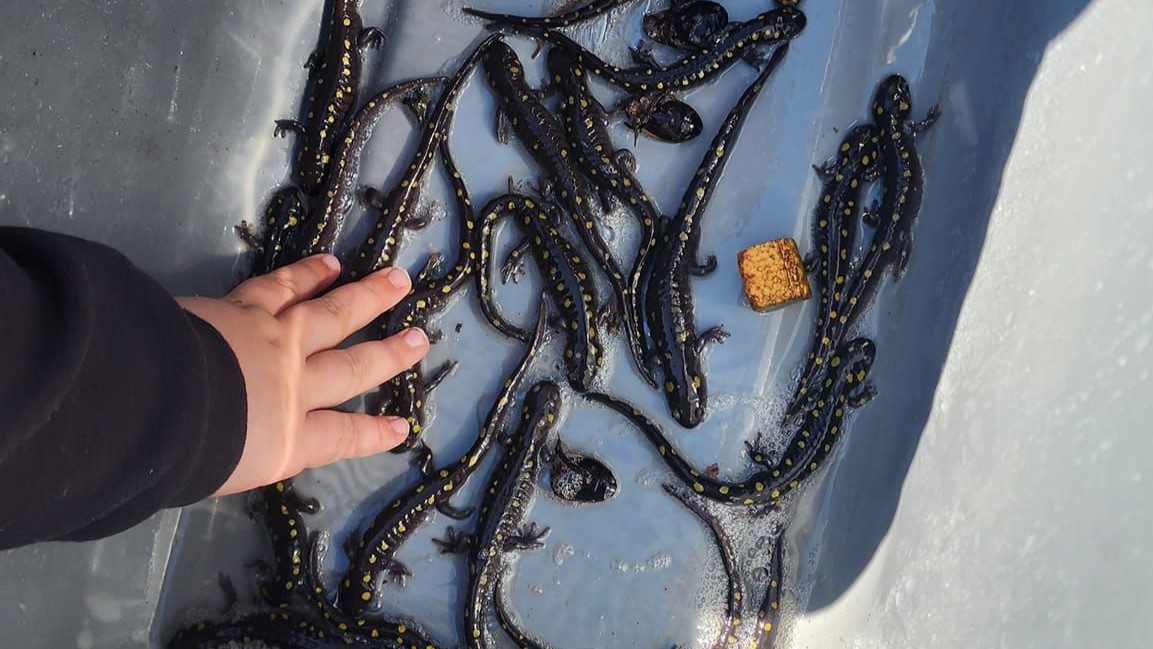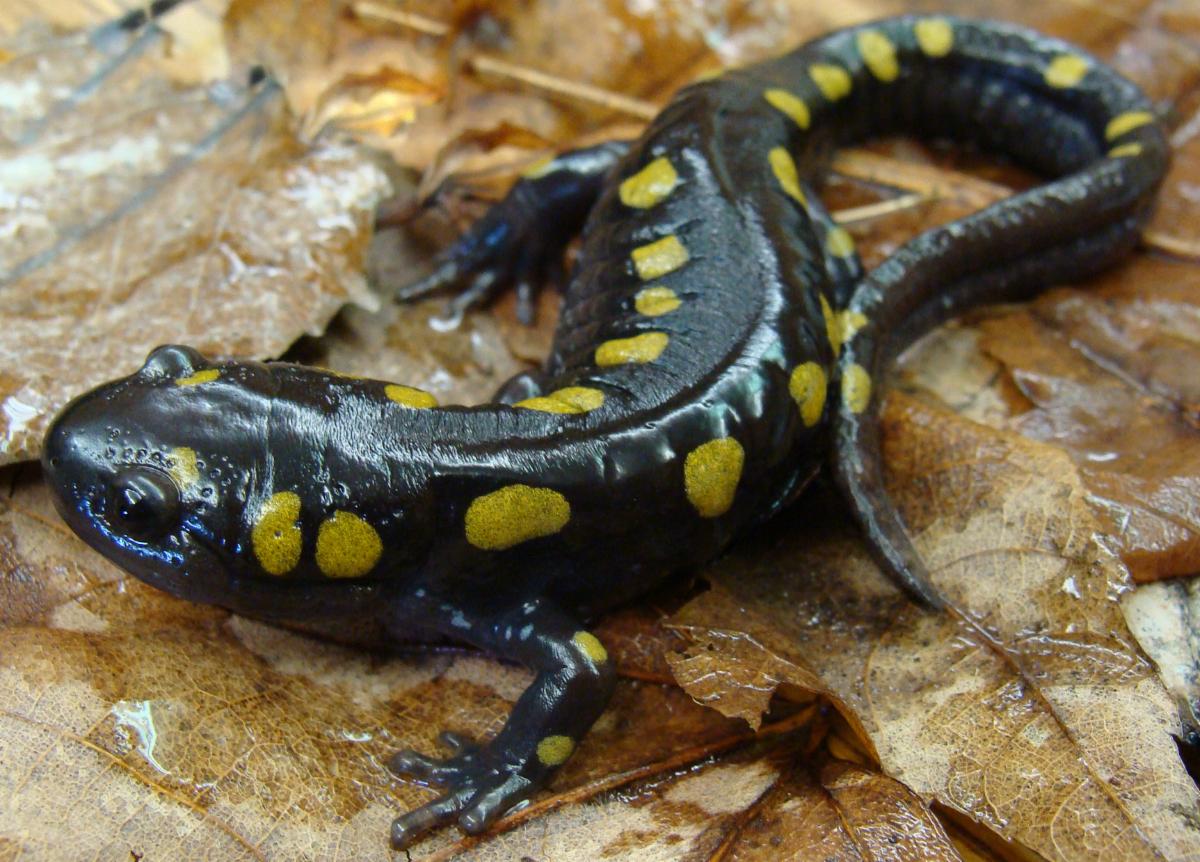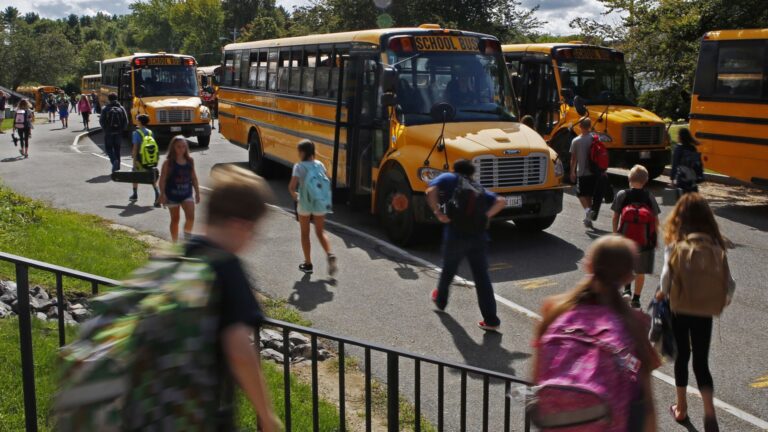Editor’s Note: The following story first appeared in The Maine Monitor’s free environmental newsletter, Climate Monitor, that is delivered to inboxes every Friday morning. Sign up for the free newsletter to get important environmental news by registering at this link.
The woods and the internet were a twitter this week with the sound of spring peepers and the happy volunteers helping them safely cross to their spring breeding sites around the state.
“Moderate activity” reported one volunteer in Woolwich, who’d recorded “13 spotted sallies, 26 peepers, and one newt.”
“Best night on this Cornish road ever!” crowed another, who’d counted a total of 27 amphibians, including 12 northern redback salamanders and one eastern newt.
Started five years ago as a project by Greg LeClair during his senior year at Unity College, Maine Big Night is a citizen science project focused on the relatively warm (mid-40s), wet nights in early spring during which amphibians journey from their winter hibernating spots to their breeding grounds in vernal pools and wetlands.
“Amphibians do a lot for us,” LeClair told the Natural Resources Council of Maine, which honored the University of Maine graduate with a Brookie Award last year. “Anything from telling us the environment is healthy to sequestering carbon…what we’re doing is just assisting them across the road and then also collecting data on those road crossings so that we know where these highly important sites are to protect in the future.”
Big Night volunteers collect data on all amphibians they find, alive or dead. Last year hundreds of community scientists from around the state recorded more than 8,500 individuals. This year, as last, many volunteers posted photos of themselves on the group’s Facebook page, often crouching by the roadside in headlamps, boots and reflective vests, cradling a slimy companion.

The journey from winter nesting spot to spring breeding ground can be a treacherous trek for the tiny four-limbed creatures, often involving crossing dark roads on misty evenings. Data collected by Big Night’s citizen scientists suggests that a third of amphibians are hit by cars and killed.
“Amphibians are the most threatened vertebrate group on the planet,” LeClair told NRCM. They’re especially sensitive to habitat loss and fragmentation. “They need our help.”
LeClair has been studying amphibians nearly his entire life, but during the pandemic he got a unique opportunity to study just what might happen if the number of cars on the road was suddenly, drastically reduced. Comparing Big Night data from years prior, LeClair found that half as many frogs died during the spring of 2020 as had in previous years, a finding consistent with Maine Department of Transportation collision data, which showed a drastic reduction in wildlife deaths in the spring of 2020.
One of LeClair’s primary goals, he said, is to apply his research to the conservation of species he’s studying as quickly as possible. To that end, using data gathered by Big Night volunteers, LeClair gave the Maine Department of Transportation a list of 30 sites around the state where underground tunnels might help keep them from being run over.
“We’re at a point where we not only need to be thinking of it as mother nature but as daughter nature,” LeClair told NRCM. “It needs our nurturing, it needs our help.”
P.S. Saturday is Earth Day, and this week also marks the one-year anniversary of Climate Monitor. Thanks to all who have signed up — and please tell a friend about it, or, if you think they’d like to hear from us, sign them up.
You can search for Earth Day events and learn more here.
To read the full edition of this newsletter, see Climate Monitor: A Big Night for little vertebrates.
Kate Cough covers climate change and the environment for The Maine Monitor. Reach her with story ideas by email: gro.r1751384708otino1751384708menia1751384708meht@1751384708etak1751384708.








